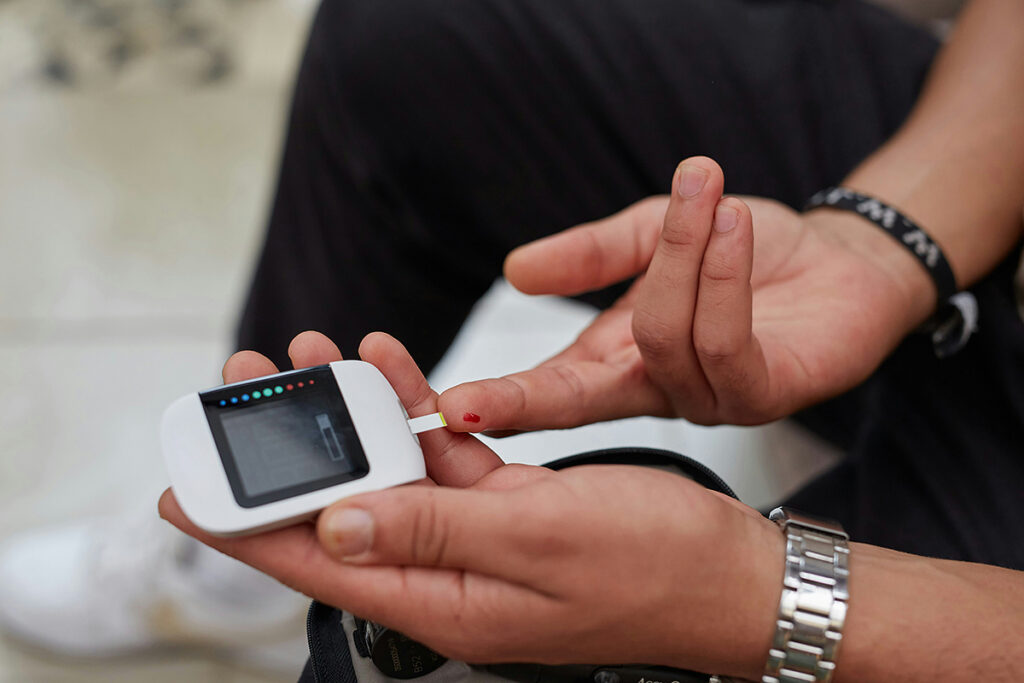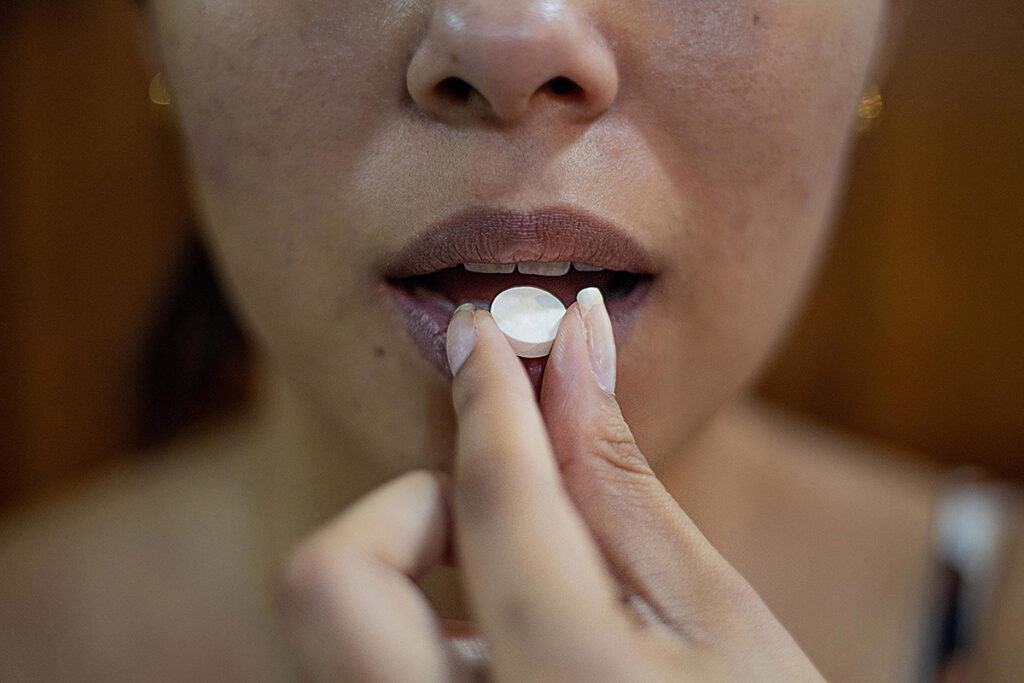A systematic review and meta-analysis involving over 47 million patients revealed a 66% higher risk of developing diabetes among those with COVID-19 compared to a control group without the virus. COVID-19 directly affects pancreatic cells and triggers stress responses, elevating levels of biologically active substances such as catecholamines and glucocorticoids, leading to insulin resistance. Treatment of severe COVID-19 with corticosteroids can also increase blood glucose levels. Additionally, factors like depression, reduced physical activity, unhealthy eating habits, and excessive alcohol consumption during the pandemic have contributed to weight gain and increased diabetes risk.
Coronavirus Suppresses Insulin Production and Kills Pancreatic β-Cells
An international group of scientists from the USA, Switzerland, and Japan reported that the coronavirus affects insulin-producing pancreatic β-cells. The study was conducted on pancreatic cells from deceased COVID-19 patients and those who died from causes unrelated to the virus. Various signs of pancreatic destruction were observed in the cell donors:
- Fibrosis: proliferation of connective tissue and scar formation.
- Lipomatosis: expansion of adipose tissue.
- Autolysis: self-destruction of cells due to the action of their enzymes.
- Atrophy: reduction in the size of the pancreas.
Coronavirus primarily infects β-cells, which produce insulin, upon entering the pancreas. This occurs because β-cells express significantly more NRP1 and TFRC proteins, which the coronavirus requires to enter the cell. Moreover, using NRP1 and TFRC proteins, the coronavirus can penetrate the cell, even bypassing ACE2. Infected β-cells produce half as much insulin as healthy ones.
The coronavirus triggers programmed cell death in pancreatic cells. Spike protein treatment is sufficient to initiate this process in healthy cells. Thirty minutes after treatment, cells receive a signal for programmed cell death. The signal for programmed cell death is much higher in infected pancreatic cells than in healthy cells. The coronavirus contributes to the death of all types of cells, but the percentage of β-cell death is the highest. β-cell death leads to pancreatic dysfunction, hyperglycemia, and diabetes.
The details of the study are outlined in the article “Coronavirus Causes Diabetes,” published in the journal Cell Metabolism.
New-Onset Diabetes Post-COVID
COVID-19 can unmask existing undiagnosed diabetes, worsening metabolic disruptions. It can also lead to a new type of diabetes characterized by
- fasting glucose impairment, impaired glucose tolerance with persistently normal glycated hemoglobin;
- temporary hyperglycemia during any acute or severe inflammatory illness;
- signs of ketoacidosis.
COVID-19 and the Risk of Ketoacidosis
COVID-19 may increase the risk of diabetic ketoacidosis (DKA), especially in people with diabetes. DKA is a life-threatening condition characterized by insulin deficiency, elevated blood ketone levels, and changes in blood pH. COVID-19-related DKA may occur because the virus can:
- Cause the death of pancreatic beta cells responsible for insulin production.
- Disrupt average glucose utilization by muscles, increase lipid breakdown, and promote glucose production in the liver, leading to elevated blood glucose levels.
- Induce hypokalemia (low blood potassium levels), which impairs insulin production.
- Contribute to autoimmune reactions, where the immune system attacks pancreatic cells.
Beta-Cell Function Recovery Post-COVID
Indian researchers followed patients without prior diabetes who developed diabetic ketoacidosis during COVID-19 for 10 months. After this period, beta-cell function recovered in 79% of patients, and they no longer required insulin.
Useful article, necessary information? Share it!
Someone will also find it useful and necessary:
References
- New-Onset Diabetes Mellitus in COVID-19: A Scoping Review
- SARS-CoV-2 infects human pancreatic β cells and elicits β cell impairment



